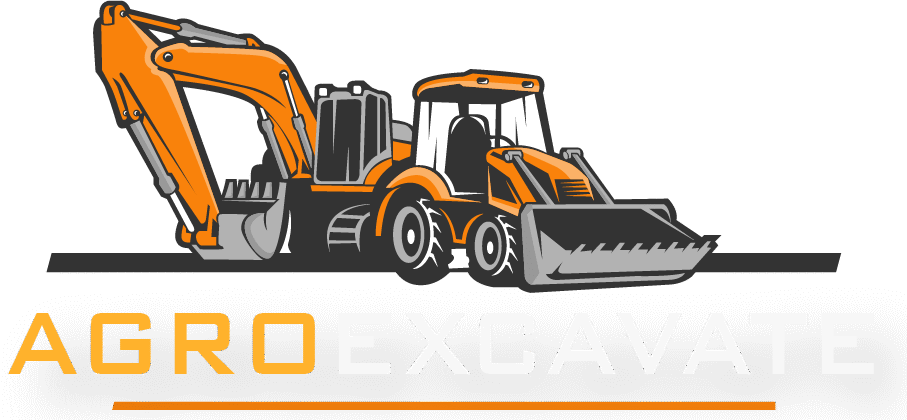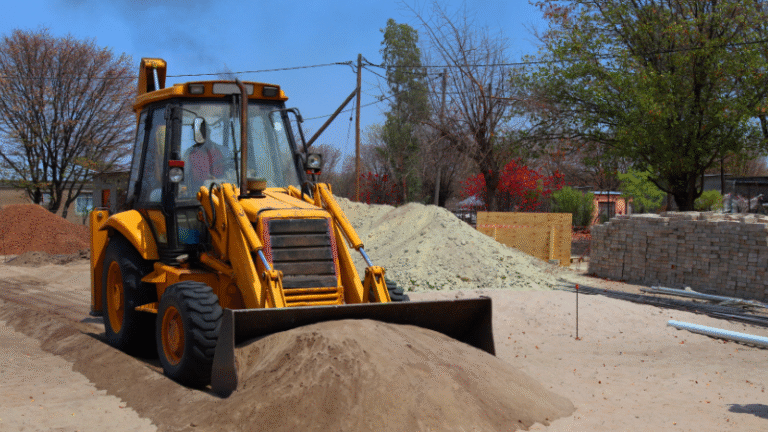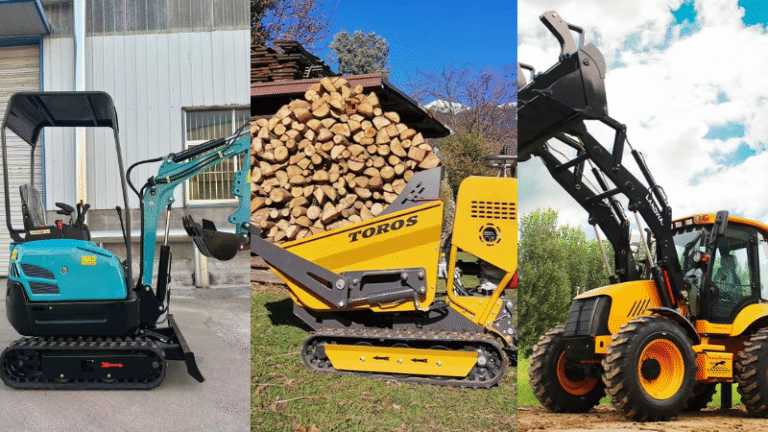Mini Skid Steer with Backhoe Attachment vs Mini Excavator: The Ultimate Compact Equipment Comparison
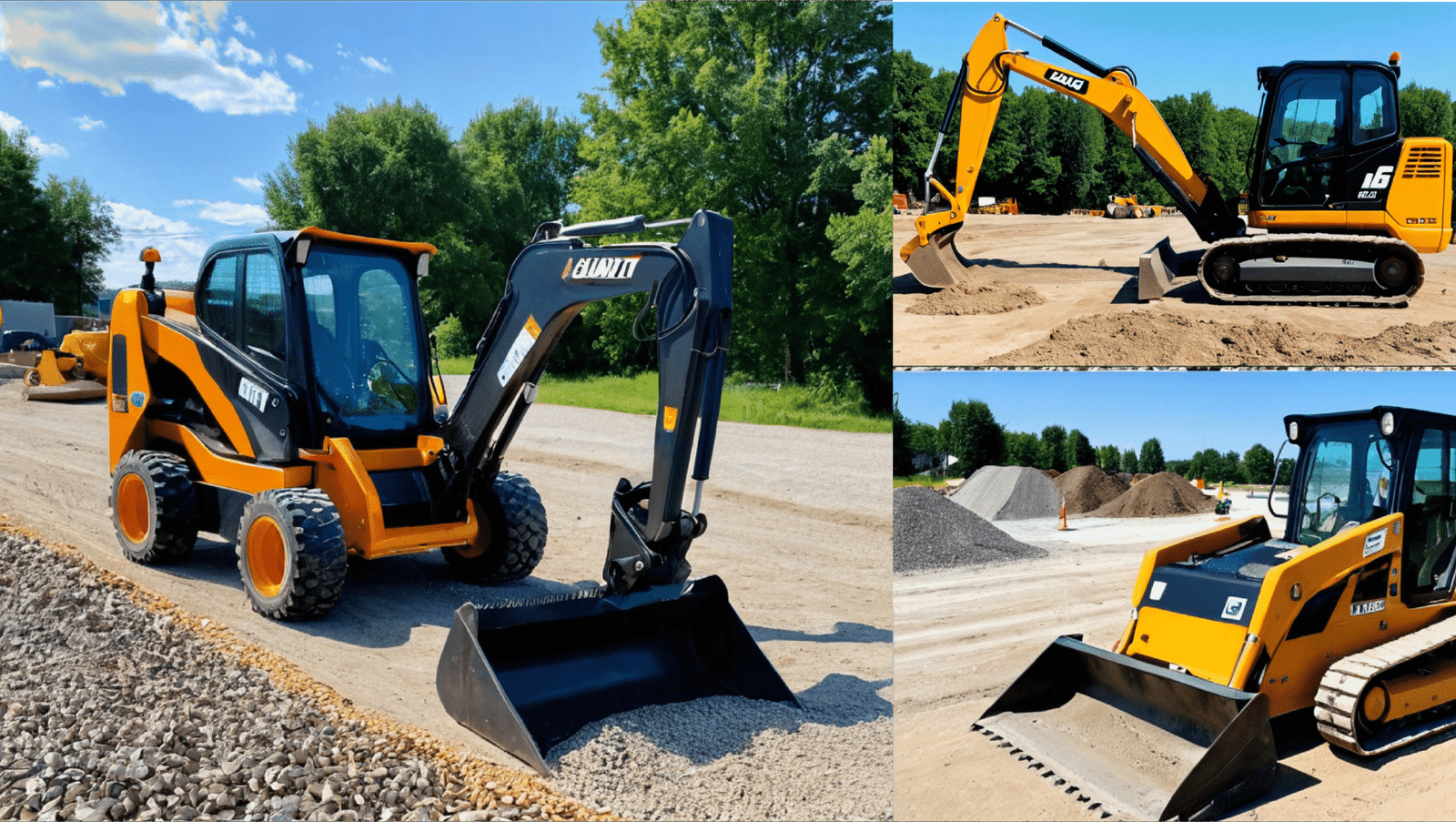
Mini Skid Steer with Backhoe Attachment vs Mini Excavator: The Ultimate Compact Equipment Comparison
Introduction: The Rise of Compact Construction Equipment
In today’s fast-paced construction and landscaping industries, efficiency and versatility are more important than ever. Contractors, landscapers, and even homeowners are turning to compact equipment to tackle big jobs in small spaces. Two of the most popular choices are the mini skid steer with backhoe attachment and the mini excavator. Both machines promise power and flexibility, but which one is right for your needs? In this comprehensive guide, we’ll compare these compact workhorses across key factors like versatility, digging depth, maneuverability, power, attachments, operating costs, and more. Whether you’re breaking ground on a backyard project or managing a busy job site, this article will help you make an informed decision.
Mini Skid Steer with Backhoe Attachment vs Mini Excavator: Overview
Before diving into the details, let’s define each machine:
- Mini Skid Steer with Backhoe Attachment: A compact, wheeled or tracked loader that can be fitted with a backhoe attachment for digging. Known for its ability to use a wide range of attachments, it’s a favorite for multi-tasking on job sites.
- Mini Excavator: A small, tracked excavator designed primarily for digging and earthmoving. It features a 360-degree rotating cab and a dedicated digging arm, making it highly efficient for excavation tasks.
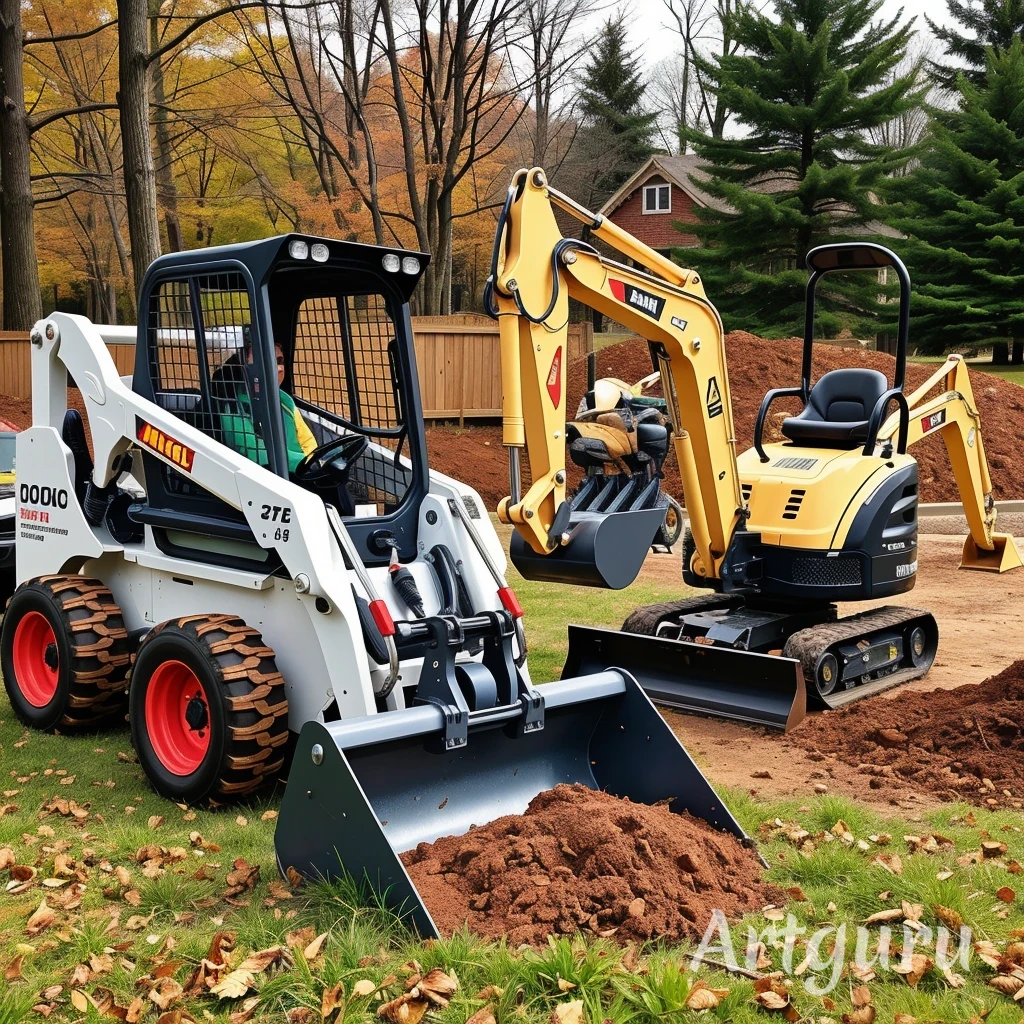
Versatility: Which Machine Does More?
Mini Skid Steer with Backhoe Attachment
- Attachment Options: Mini skid steers are renowned for their versatility. In addition to the backhoe, they can use buckets, augers, trenchers, pallet forks, sweepers, and more.
- Multi-Tasking: Easily switch between attachments for digging, grading, lifting, and material handling.
- Job Site Flexibility: Ideal for contractors who need one machine to perform multiple tasks in a single day.
Mini Excavator
- Specialized Digging: While mini excavators can use some attachments (like hydraulic breakers or augers), their primary function is digging and trenching.
- Limited Multi-Tasking: Not as versatile as a skid steer for non-digging tasks.
Verdict:
If you need a true multi-tool, the mini skid steer with backhoe attachment is the clear winner for versatility.
Digging Depth and Power: How Deep Can You Go?
| Feature | Mini Skid Steer (Backhoe) | Mini Excavator |
|---|---|---|
| Typical Digging Depth | 6–8 feet | 7–12 feet (varies by model) |
| Digging Force | Moderate | High |
| Reach | Limited by attachment | Extended reach, 360° rotation |
- Mini Skid Steer: Backhoe attachments offer decent digging depth, but are generally shallower and less powerful than a dedicated mini excavator.
- Mini Excavator: Designed for digging, these machines offer greater depth, reach, and digging force.
Verdict:
For deep or heavy-duty digging, the mini excavator is superior.
Maneuverability and Access: Navigating Tight Spaces
Mini Skid Steer
- Compact Footprint: Extremely nimble, especially in tight or confined areas.
- Zero-Turn Capability: Can pivot in place, making it ideal for small yards or urban job sites.
- Wheeled or Tracked: Choose based on terrain; tracks offer better stability on soft ground.
Mini Excavator
- 360-Degree Rotation: The cab can spin completely, allowing for efficient digging without repositioning.
- Narrow Models Available: Some mini excavators are designed to fit through gates or narrow pathways.
Verdict:
Both machines excel in tight spaces, but the mini skid steer’s zero-turn ability gives it a slight edge for ultra-compact sites.
Attachments and Customization
- Mini Skid Steer: Can use dozens of attachments, making it a true Swiss Army knife for contractors.
- Mini Excavator: Fewer attachment options, but excels with digging-specific tools.
Verdict:
For maximum customization, the mini skid steer is unmatched.
Operating Costs and Maintenance
Initial Investment
| Machine | Average Price Range (USD) |
|---|---|
| Mini Skid Steer (w/ Backhoe) | $25,000 – $40,000 |
| Mini Excavator | $30,000 – $60,000 |
Fuel Efficiency
- Mini Skid Steer: Generally uses less fuel per hour, especially for light-duty tasks.
- Mini Excavator: More efficient for continuous digging, but may consume more fuel overall.
Maintenance
- Mini Skid Steer: Maintenance varies by attachment; more moving parts can mean more upkeep.
- Mini Excavator: Fewer attachments, but hydraulic systems require regular checks.
Long-Term Value:
Both machines hold value well, but mini excavators may have higher resale value due to demand in construction.
Learning Curve and Ease of Use
- Mini Skid Steer: Easier for beginners, especially for basic tasks. Attachment changes are straightforward.
- Mini Excavator: Requires more training to master the controls, especially for precise digging.
Ideal Use Cases
| Task/Project | Best Machine |
|---|---|
| Landscaping | Mini Skid Steer |
| Trenching | Mini Excavator |
| Utility Work | Mini Excavator |
| Material Handling | Mini Skid Steer |
| Small Projects | Mini Skid Steer |
| Tight Spaces | Both (edge: Skid Steer) |
Pros and Cons
Mini Skid Steer with Backhoe Attachment
Pros:
- Highly versatile with many attachments
- Compact and maneuverable
- Quick attachment changes
- Lower initial investment
Cons:
- Limited digging depth and power
- Not as efficient for large-scale excavation
- Attachment costs can add up
Mini Excavator
Pros:
- Superior digging depth and force
- 360-degree rotation for efficient operation
- Stable on uneven terrain
- High resale value
Cons:
- Fewer attachment options
- Higher initial cost
- Larger footprint (some models)
Cost Comparison
| Factor | Mini Skid Steer (Backhoe) | Mini Excavator |
|---|---|---|
| Initial Investment | Lower | Higher |
| Fuel Efficiency | Better for light tasks | Better for digging |
| Maintenance | Moderate | Moderate–High |
| Long-Term Value | Good | Excellent |
Real-World Scenarios
- Backyard Landscaping: A homeowner needs to move soil, dig small holes, and transport materials. The mini skid steer with a backhoe attachment is perfect due to its versatility and ease of use.
- Trenching for Utilities: A contractor must dig a 10-foot trench for water lines. The mini excavator’s superior digging depth and reach make it the best choice.
- Urban Construction: Tight alleyways and limited access require a nimble machine. Both can work, but the mini skid steer’s zero-turn radius is a game-changer.
Recommendation Guide: Choosing the Right Compact Equipment
- Choose a Mini Skid Steer with Backhoe Attachment if:
- You need one machine for multiple tasks (digging, grading, lifting)
- Your projects are small to medium-sized
- You work in tight spaces or residential areas
- Budget is a primary concern
- Choose a Mini Excavator if:
- Your main task is digging or trenching
- You need greater digging depth and power
- You work on larger or more demanding job sites
- Long-term value and resale are important
Frequently Asked Questions (FAQs)
Which is cheaper to operate, a mini skid steer with backhoe attachment or a mini excavator?
Can a mini skid steer replace a mini excavator?
Which is better for landscaping?
Are mini excavators good for tight spaces?
What about maintenance and repairs?
Conclusion
Both the mini skid steer with backhoe attachment and the mini excavator are excellent choices for compact construction equipment. Your decision should be based on your primary tasks, budget, and job site requirements. For versatility and multi-tasking, the mini skid steer shines. For digging power and efficiency, the mini excavator is unbeatable. Assess your needs, consider the pros and cons, and choose the machine that will help you work smarter, not harder.
